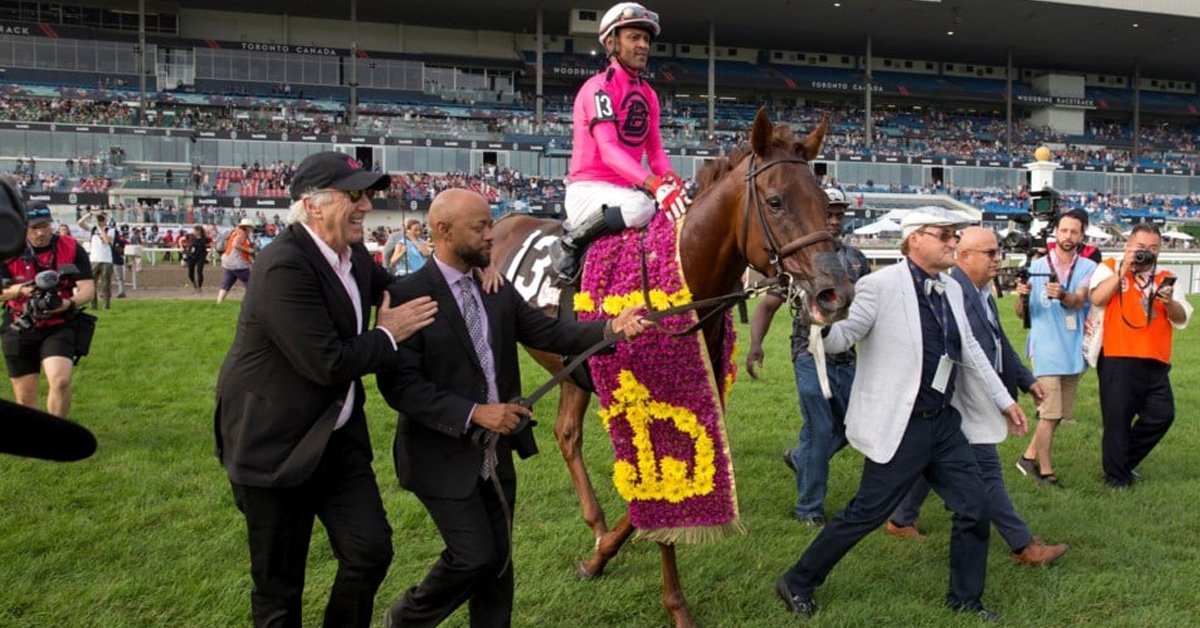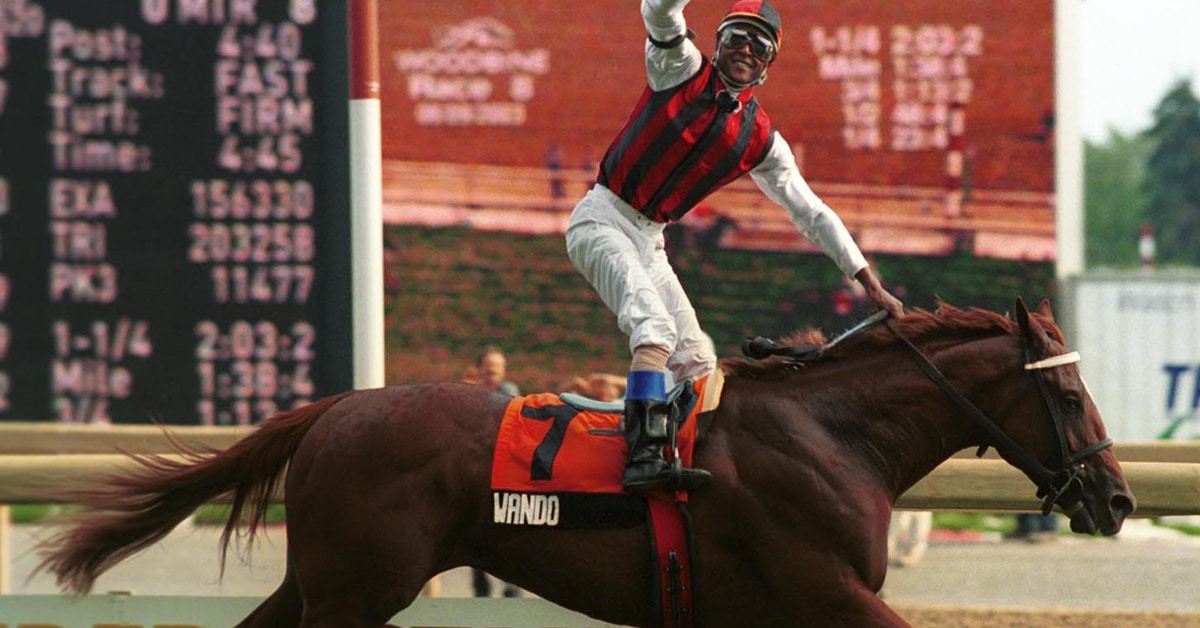In an upside-down year in which the deadly COVID-19 pandemic has disrupted normal life, horse racing introduces the new normal.
The Triple Crowns in Canada and US are looking different this year, with both series of three races starting much later in the racing year.
The American Triple Crown has really undergone massive changes as the Belmont Stakes (G1), usually the third and final leg of the crown at the testing 1 1/2 mile distance, now kicks off the series. It has also been shortened to 1 1/8 miles. No spectators will be on site at Belmont Park for the Belmont.
The announcement of the change in distance disappointed racing fans; few in horse racing like change of any kind, but with many top 3-year-olds having to sit on the sidelines since March, asking them to travel 12 furlongs in a month would be too much.
Instead of the traditional Triple Crown schedule of the Kentucky Derby (first Saturday in May), the Preakness (two weeks later) and the Belmont (three weeks after that) the series looks like this:
Belmont Stakes – June 20 – 1 1/8 miles
Kentucky Derby – September 2 – 1 1 /4 miles
Preakness Stakes – October 3 – 1 3/16 miles
That is about 13 weeks for the Triple Crown, rather than the usual five weeks.
Will it be easier for a 3-year-old to sweep the Crown this year and where will the winners of these races in 2020 rank with other winners of the classics?
The Belmont Stakes actually offers up Kentucky Derby points for horses to qualify to run in the Derby, which is unusual in itself.
The American Triple Crown was dubbed as such in 1930, 11 years after Sir Barton won all three races in his season of racing, 1919.
The Belmont has been a 1 1/2 mile race since 1926.
WOODBINE and FORT ERIE have come together to keep the Canadian Triple Crown intact, albeit all with later dates.
The Queen’s Plate will be held on September 12 at 1 1/4 miles on Tapeta, followed by the Prince of Wales Stakes at 1 3/16 miles on the dirt at Fort Erie, Sept. 29, 17 days later, and the 1 1/2 mile Breeders’ Stakes on turf at Woodbine on Oct. 24.
The Canadian Crown spans about 6 weeks, when it usually is held over about 9 weeks.
While the Canadian Triple Crown is restricted to Canadian-bred 3-year-olds, which means a small pool of horses trying for the three races, it has proven to be a difficult challenge because it is currently run on three very different surfaces.
The Canadian Triple Crown is much younger as an official series than its American counterpart. The three races were collectively called the Triple Crown in 1959. Seven horses have won the series since then, but the Woodbine main track was not a synthetic surface in those years.
Twelve horses won the ‘Triple Crown’ before the official tagging of the series: Queensway, 1932, Archworth 1939; Uttermost 1945; Ace Marine 1955 and Canadian Champ in 1956.
Of course, horsepeople from owners, trainers, jockeys, grooms and the like are just happy to get racing going again, so while racing will look so much different this year than ever before (with no spectators for the immediate future) it will still be time to celebrate a wonderful and important industry.
More from Canadian Thoroughbred:






